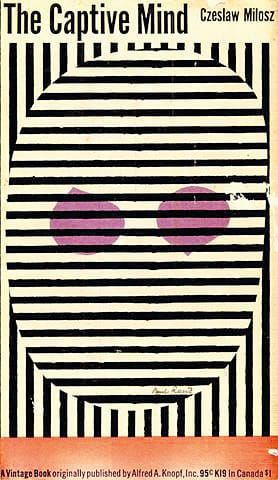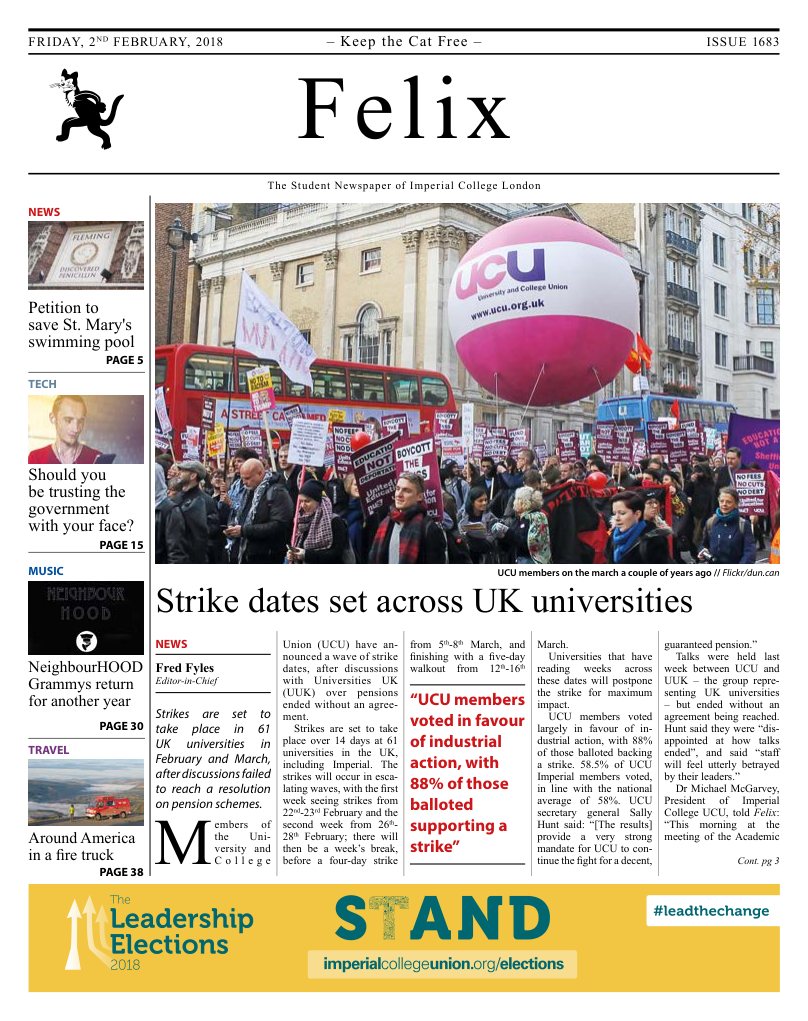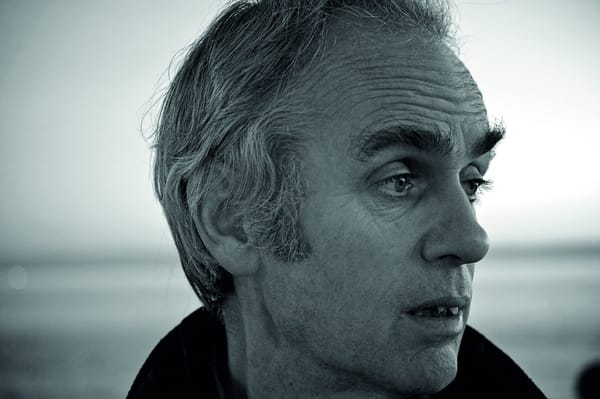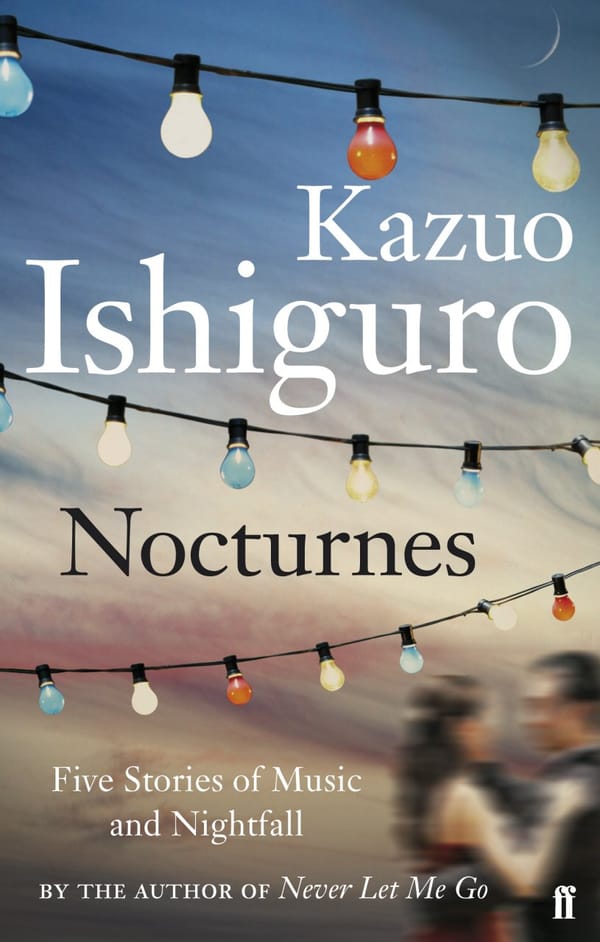Contemplating troubled pasts in the City of Literature
Travelling to places with a rich history is the perfect backdrop for exploring books that might have an enlightening cultural connection

The seeds of this article were sowed over December break, during a weekend I spent in Hamburg, Germany and a visit to Lubeck (Birthplace of Thomas Mann), followed by a week in Poland.
I only found out when in Krakow, that it is designated a UNESCO city of literature. This made more sense after learning about Krakow’s literary culture such as the large number of bookstores, literary festivals and famous authors associated with the city. Having finished the first book, The Woman of the Dunes by Kobo Abe, I picked a second book by Polish Author Czeslaw Milosz whilst in Krakow for the rest of my trip, reviews of which will be the subject of this article.
Kobo Abe’s The Woman of the Dunes
This story starts off with Niki Junpei, a slightly socially awkward, avid insect collector who decides to take a weekend trip to some sand dunes in a rural part of Japan, in hopes of finding rare or even new species of beetles. He is subsequently trapped and enslaved by the villagers in a sand dune approximately 60ft underground together with an initially cold woman who houses him. Kobo Abe skilfully shows how a person’s inner monologue and the praxis into outward action (both personally and in how he relates to other people) changes during such a dark period of capture, from initial resistance to bargaining and blackmail and finally, the loss of the desire to escape.
The man first tries to reason with his captors to no avail. His efforts to escape escalate further till he finally succeeds one day only to horribly fail by accidentally falling into a quicksand pit. He is humiliatingly lowered back into the pit. Following his recapture, he slowly loses the will to escape.
His interaction with the woman who has been trapped for much longer than him yields further insight into the psyche in relation to her predicament and the outer world. At the end, the man has a workable plan of escape but decides to postpone it indefinitely, indicating his loss of the will to escape. This ending has been compared to George Orwell’s 1984 which bears remarkable similarities.
On a literal reading, Kobo Abe does a great job in showing how a person responds to an externally imposed state of imprisonment and throughout this read, the very injustice imposed onto both the man and woman partially triggered me. This served as an excellent backdrop to my visit to Poland which in the 20th century was profoundly affected by both great wars and the rise and fall of the Soviet Union.
However, it is also possible to consider this story from a metaphysical standpoint of Zen Buddhism, almost as a sort of Sisyphean task, and view the man’s ensnarement as the mechanism to which humans are bound to the Maya of the material world.

Czeslaw Milosz’s The Captive Mind
Czeslaw Milosz, the polish author and poet was the recipient of the 1980 Nobel prize in Literature. His life story involves several major events of the 20th century, (un)fortunately giving him a first-hand experience to paradigm-altering events such as the rise of Hitler, the Holocaust and the rise and fall of the Soviet Union to name a few.
This placed Milosz in a position to shed light on the history and psyche of Poland and its people and on the nature of oppression and totalitarianism, which he did so exceedingly well in The Captive Mind. Despite this book being contextualised to Stalinism in Eastern European countries, the analysis remains relevant and applicable.
The first three chapters set up the psychological, philosophical and social context in which a person’s mind becomes captive whilst living under totalitarian rule. The first chapter describes how and why Stalinist ideology, particularly Dialectic Materialism is stomached by a person. This is done by using the metaphor of the ‘Pill of Murti-Bing’ based on another book written by Stanislaw Witkiewicz.
The second chapter details the nature of Central and Eastern European people’s perception of the free western states and its associated historical and psychological tensions and how this sets the context to which eastern-bloc intellectuals may not be drawn to the west.
The third chapter describes the practice of Ketman, where an individual hides his true beliefs from others, in doing so, derives a sense of satisfaction for such deceit. This partially robs him of the will to outwardly reject that ideology.
Milosz then goes on to describe how four Polish intellectuals responded to this paradigm with outcomes ranging from successful adaptation, the loss of the creative spark or even rejection of the new system. To end the book, Milosz describes the Soviet’s analysis and approach to controlling Polish society and its brutalising of the Baltic states.
Despite the fact that I was originally hoping to pick up a fictional work by a Polish author, the strength of Milosz’s writing and the insights he provides made it a thoroughly enjoyable read and a great way to learn more about Poland.









